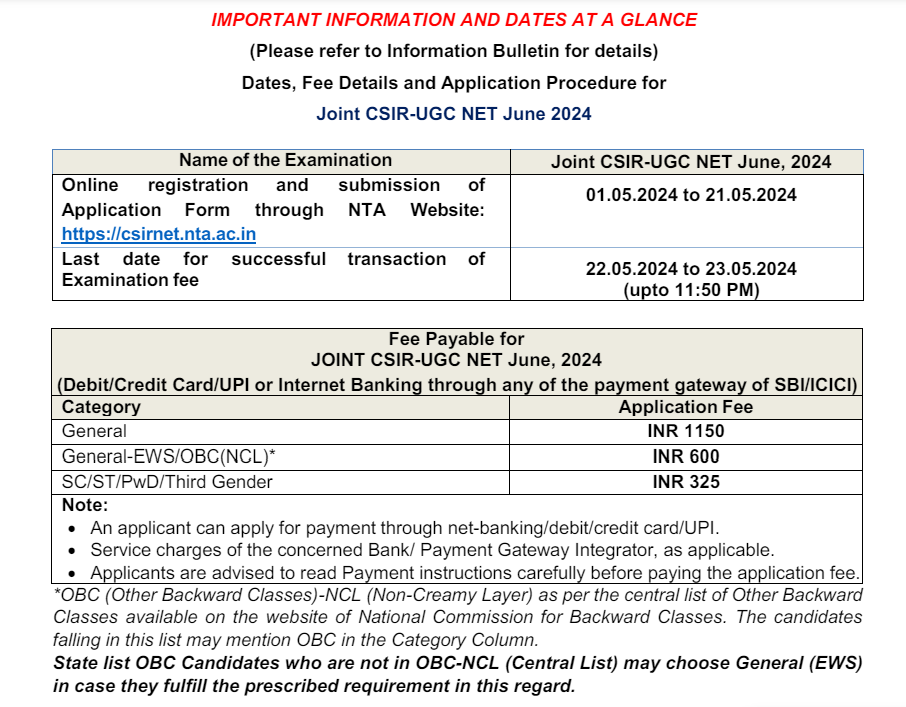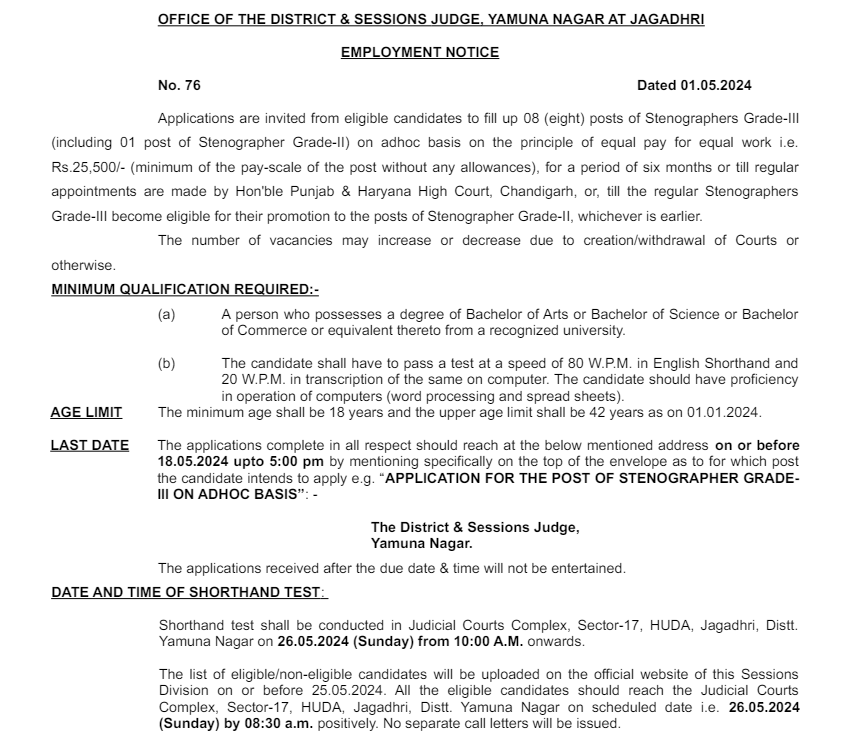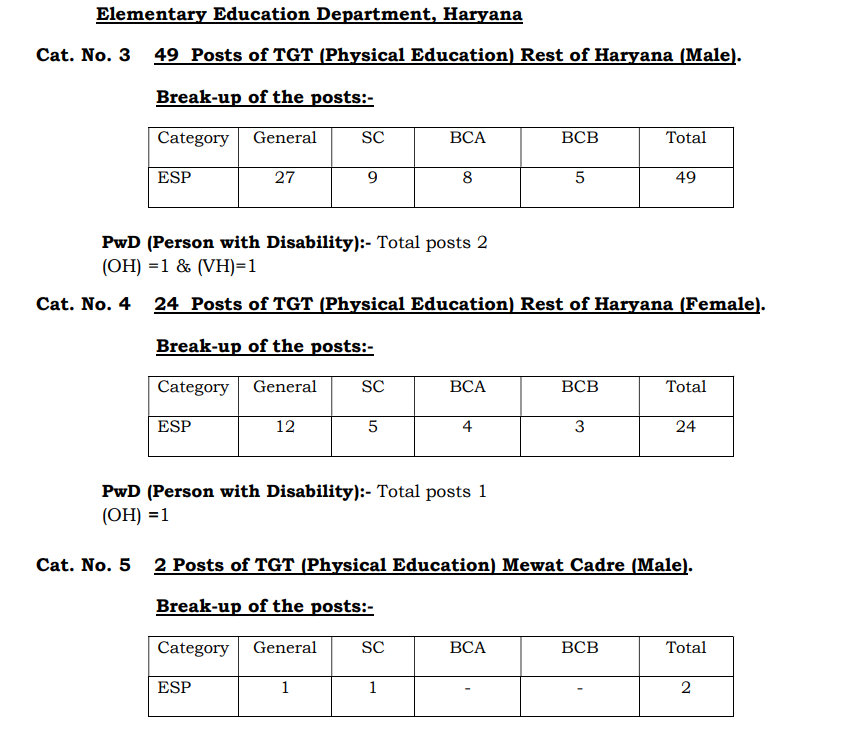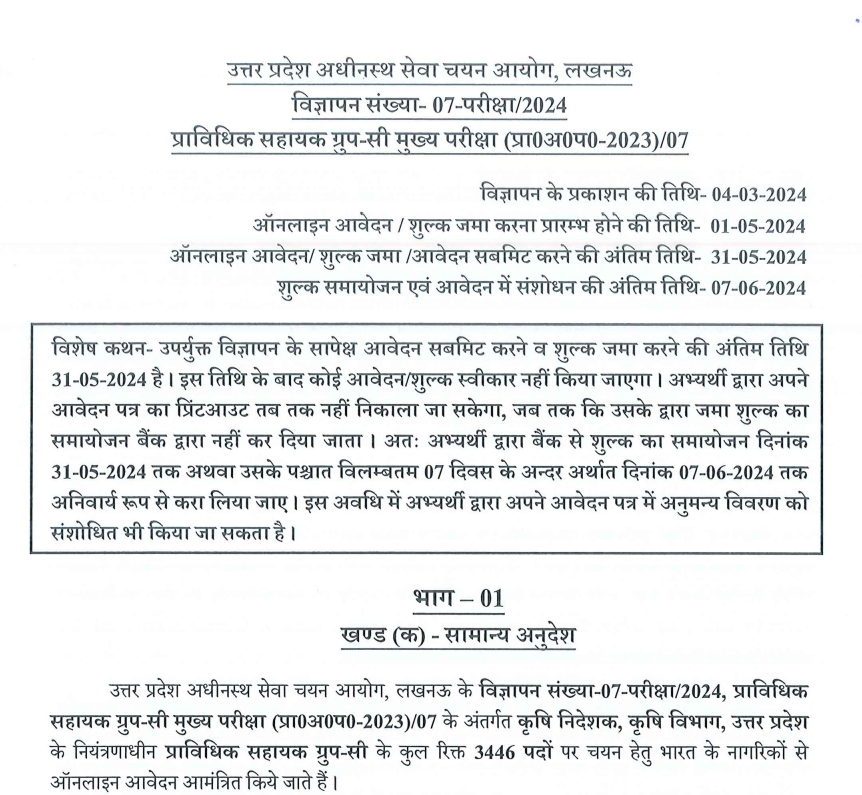Measurement MCQ

Category –EE Online Test
Telegram-Join Us On Telegram
Attempt Free Measurement MCQ Here. Read The Important Electricity MCQ From Below.
1) Accuracy of a measuring instrument indicates the
a. Closeness of the output reading to the true value
b. Ratio of output value to the input value
c. Change in output with each change in input
d. Degree of freedom from random errors
ANSWER: Closeness of the output reading to the true value
2) If a pressure gauge of range 0 – 10 bar has a quoted inaccuracy of ±1.0 % of full scale reading, then it means
a. Minimum expected error in any reading is 0.1 bar
b. Maximum expected error in any reading is 0.1 bar
c. Maximum expected error in any reading is 1 bar
d. Minimum expected error in any reading is 1 bar
ANSWER: Maximum expected error in any reading is 0.1 bar
3) An instrument with a range of 0 -10 bar is used for measuring pressure. If the expected value of reading is between 0 and 1 bar then the instrument will give
a. More accurate readings than the instrument with range of 0 – 5 bar
b. Less accurate readings than the instrument with range of 0 – 5 bar
c. Accuracy of reading will be same for both the instruments with range of 0 – 10 bar and 0 – 5 bar
d. None of these
ANSWER: Less accurate readings than the instrument with range of 0 – 5 bar
4) A voltmeter connected across a resistor gives a value of 65 V but the expected value of resistor was 68 V. Then the absolute error and the relative accuracy of the measurement will be
a. 3.2%, 96.8%
b. 3.8%, 96.2%
c. 4%, 96%
d. 4.4%, 95.59%
ANSWER: 4.4%, 95.59%
Measurement MCQ
5) Precision of an instrument is defined as
a. Closeness of output to the true value
b. Change in output for every change in input
c. Degree of freedom from random errors
d. Both (a) and (b)
ANSWER: Degree of freedom from random errors
6) An instrument with high precision implies
a. High accuracy
b. Low accuracy
c. Does not imply anything about measurement accuracy
d. None of these
ANSWER: Does not imply anything about measurement accuracy
7) Low accuracy measurements from a high precision instrument are normally caused by
a. Bias in the measurement
b. Human errors
c. Instrumental defect
d. Low temperature
ANSWER: Bias in the measurement
8) Choose the correct option.
I.
Repeatability means the closeness of output readings when the same input is applied repetitively over a short period of time, with the same measurement conditions and same instruments.
II. Reproducibility means the closeness of output readings for the same input when there are changes in the method of measurement and conditions of measurement
a. Both I and II are correct
b. Only I is correct
c. Only II is correct
d. Both are incorrect
ANSWER: Both I and II are correct
Measurement MCQ
9) Integrating instruments is the subdivision of the secondary instruments. The example for integrating instruments is
a. Ampere – hour meters
b. Watt – hour meters
c. Wattmeters
d. Ampere – hour and watt – hour meters
ANSWER: Ampere – hour and watt – hour meters
10) The moving system in the indicating instruments is subjected to
a. Deflecting torque
b. Controlling torque
c. Damping torque
d. All the above
e. None of the above
ANSWER: All the above
11) A spring controlled moving iron voltmeter with full scale deflection of 150 V draws a current of 2 mA. What will be the meter reading if it draws a current of 1 mA?
a. 25.5 V
b. 27.5 V
c. 35.5 V
d. 37.5 V
ANSWER: 37.5 V
12) A repulsion type moving iron instrument when used with AC circuits, the deflecting torque is
a. Directly proportional to the rms current
b. Directly proportional to the square of rms current
c. Directly proportional to the peak current
d. Directly proportional to the square of the peak current
ANSWER: Directly proportional to the square of rms current
13) What will a moving iron ammeter read if a rectangular waveform current with peak value of 120 mA is passed through it?
a. 120 mA
b. 84.8 mA
c. 169.7 mA
d. 60 mA
ANSWER: 120 mA
Measurement MCQ
14) A moving iron instrument is used as an ammeter. Its range can be extended by using
a. Suitable shunt across its terminal
b. A high non – inductive resistance
c. Either (a) or (b)
d. Neither (a) nor (b)
ANSWER: Suitable shunt across its terminal
15) For a moving iron ammeter, the change of inductance is 3 μ H / degree and its spring constant is 4 X10 -7 N – m / degree. If the maximum deflection of the pointer is 90 degree, then the corresponding current in the coil be
a. 3.89 A
b. 4.05 A
c. 4.89 A
d. 5 A
ANSWER: 4.89 A
16) For extending the range of 0 – 150 V to 0 – 500 V in a 10000 Ω / V meter, the value of series resistance required is equal to
a. 3 M Ω
b. 3.5 M Ω
c. 4 M Ω
d. 4.5 M Ω
ANSWER: 3.5 M Ω
17) A current of 2 + 3sinωt A is passed through a moving iron instrument and through a meter respectively. The readings of the two meters are
a. 2 A, 2 A
b. 2 A, 2.9 A
c. 2.9 A, 2.9 A
d. 2.9 A, 2 A
ANSWER: 2.9 A, 2 A
18) In a permanent magnet moving coil instrument, the deflecting torque is
a. Directly proportional to both number of turns and flux density
b. Directly proportional to the number of turns and inversely proportional to the flux density
c. Inversely proportional to the number of turns and directly proportional to the flux density
d. Inversely proportional to both number of turns and flux density
ANSWER: Directly proportional to both number of turns and flux density
Measurement MCQ
19) The accuracy in a bridge measurement depends on
a. Sensitivity of detector
b. Applied voltage
c. Accuracy of indicator
d. Both (a) and (b)
ANSWER: Both (a) and (b)
20) The high resistances are found in
a. Insulation resistance of cables and wires
b. Resistance of shunt field winding and the multipliers
c. Resistance of armature windings of electrical machine
d. Resistance of series field winding of a dc machine
ANSWER: Insulation resistance of cables and wires
21) A null type of bridge with DC excitation is commonly known as
a. Wheatstone bridge
b. Anderson bridge
c. Wien bridge
d. Schering bridge
ANSWER: Wheatstone bridge
22) The vibration galvanometer used as detector, it responds
a. Only to the fundamental frequency
b. Only to the harmonics frequency
c. Both (a) and (b)
d. Does not respond to any frequency
ANSWER: Only to the fundamental frequency
Measurement MCQ
23) The AC Bridge used for the measurement of inductance is / are
a. Maxwell’s inductance bridge
b. Hay’s bridge
c. Anderson’s bridge, Owen’s bridge
d. All of these
e. None of these
ANSWER: All of these
24) Under balanced condition, the current flowing through the detector is equal to
a. 1 A
b. 0 A
c. Sum of the currents flowing in the adjacent arms
d. Difference between the current flowing in the adjacent arms
ANSWER: 0 A
25) The dynamometer wattmeters are
a. More accurate on DC supply
b. More accurate on AC supply
c. Equally accurate on both AC and DC supply
d. None of these
ANSWER: Equally accurate on both AC and DC supply
26) Due to the inductance in the pressure coil of dynamometer type wattmeter, the reading will be
a. High for both leading and lagging power factors
b. Low for both leading and lagging power factors
c. High for lagging power factor and low for leading power factor
d. Low for lagging power factor and high for leading power factor
ANSWER: High for lagging power factor and low for leading power factor
Measurement MCQ
27) What will happen if the current coil & potential coil of dynamometer type wattmeter is interchanged?
a. Potential coil will get damaged
b. Current coil will get damaged
c. Both current coil and potential coil will get damaged
d. Neither potential coil nor current coil will get damaged
ANSWER: Current coil will get damaged
28) In some wattmeters, a small capacitor is connected in parallel with the series resistor for
a. Reducing error due to inductance of the series resistor
b. Obtaining non inductive voltage coil current
c. Making resultant reactance capacitive
d. All of these
e. None of these
ANSWER: All of these
29) An electrolytic ampere hour meter can be converted into watt – hour meter by
a. Multiplying them by the voltage of the circuits in which it is used
b. Multiplying them by the current of the circuits in which it is used
c. Multiplying them by the power of the circuits in which it is used
d. Cannot be converted
ANSWER: Multiplying them by the voltage of the circuits in which it is used
30) Commutator type meters can be used for
a. AC supply
b. DC supply
c. Both AC and DC supply
d. None of these
ANSWER: Both AC and DC supply
Measurement MCQ
31) Which part is called as heart of CRO?
a. CRT
b. Sweep generator
c. Trigger circuit
d. Amplifier
ANSWER: CRT
32) The light emitted by the zinc silicate coated fluorescent screen of cathode ray tube is usually of
a. Green colour
b. Yellow colour
c. Blue colour
d. White colour
ANSWER: Green colour
33) If the bombardment of electrons ceases i.e. when the signal becomes zero then the light emitted by the screen will
a. Disappear immediately
b. Persist for some time then it will disappear
c. Will not disappear at all
d. None of these
ANSWER: Persist for some time then it will disappear
34) The device which is used for making temporary measurements of flow is
a. Venturi
b. Dull flow tube
c. Orifice plate
d. Pitot static tube
ANSWER: Orifice plate
Measurement MCQ
35) For the measurement of flow the cheapest device is
a. Venturi
b. Dall flow tube
c. Flow nozzle
d. Pitot static tube
ANSWER: Flow nozzle
36) The instrument which is not suitable for the application in automatic control scheme
a. Rotameters
b. Pitot static tube
c. Rotary piston meter
d. Orifice plate
ANSWER: Rotameters
37) Example for positive displacement meter is
a. Variable area flow meter
b. Turbine meters
c. Rotary piston meter
d. Venturi
ANSWER: Rotary piston meter
38) In electronic voltmeter, the range of input voltages can be extended by using
a. Functional switch
b. Input attenuator
c. Rectifier
d. Balanced bridge dc amplifier
ANSWER: Input attenuator
39) The measurement range of digital voltmeter is
a. ± 1V to ± 1MV
b. ± 1V to ± 1kV
c. ± 1kV to ± 1MV
d. ± 100 kV to ± 100MV
ANSWER: ± 1V to ± 1MV
40) Which among the following is not a type of digital voltmeters?
a. Ramp type
b. Integrating
c. Potentiometric type
d. None of these
ANSWER: None of these
Measurement MCQ













